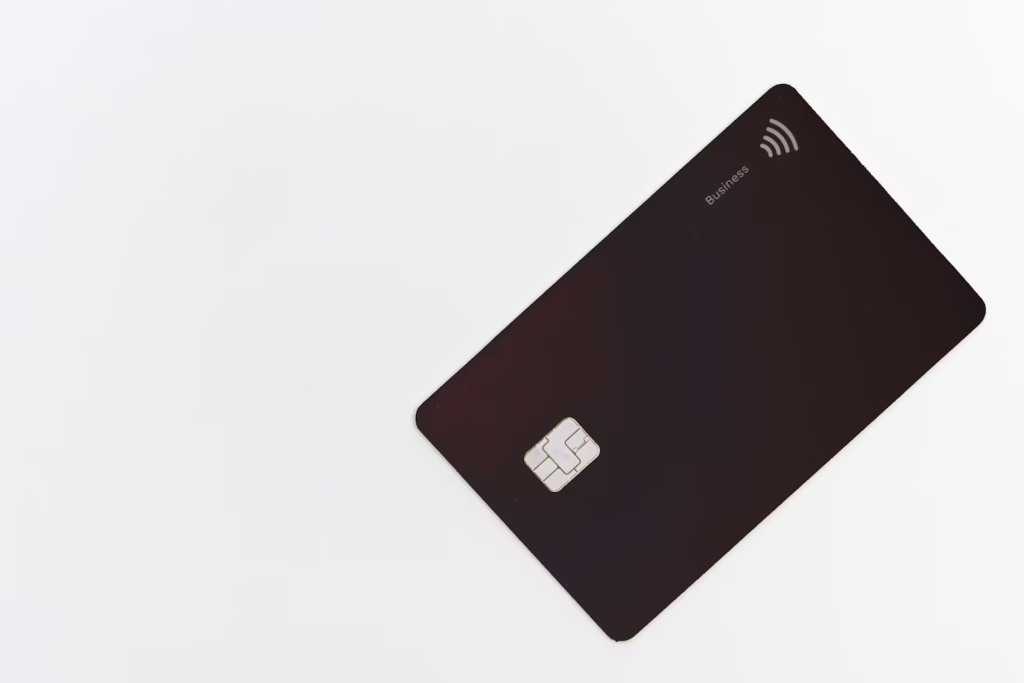Smart Strategies for Paying Off Credit Card Debt
Introduction:
Credit card debt is one of the most common and expensive types of debt. High interest rates can make it difficult to pay off, and without a clear strategy, it can feel like you’re stuck in a never-ending cycle of payments. This post will explore smart strategies to help you pay off credit card debt faster, save money on interest, and regain financial freedom.
Why Credit Card Debt Is Dangerous:
High-Interest Rates: Credit cards typically charge high interest rates, often upwards of 15-20%. This means that even if you're making monthly payments, the interest can quickly add up and prolong your debt repayment.
Minimum Payments Keep You in Debt: When you only pay the minimum payment required on your credit card, most of the payment goes toward the interest and fees rather than the principal balance.
Impact on Credit Score: Carrying a high balance can negatively impact your credit score, which may affect your ability to obtain loans in the future.
Understanding Your Credit Card Debt:
Before you begin paying down credit card debt, it’s important to get a clear picture of what you owe: List all your credit cards: Write down the total balance, interest rate, and minimum payment for each card.
Prioritize cards with the highest interest rates: This will help you save money on interest payments in the long term.
Smart Strategies for Paying Off Credit Card Debt:
The Debt Snowball Method:
The debt snowball method involves paying off your smallest credit card balance first while making minimum payments on others. Once the smallest balance is paid off, move to the next smallest balance. This method can provide quick wins and help you stay motivated.
Example: If you have three credit cards with balances of $500, $2,000, and $4,000, focus on paying off the $500 card first. Once it’s paid off, move to the $2,000 card, and so on.
The Debt Avalanche Method:
The debt avalanche method involves focusing on paying off the card with the highest interest rate first. By reducing the high-interest debt, you’ll save more money on interest in the long run. Once the high-interest debt is cleared, move to the next highest interest rate card.
Example: If you have three credit cards with balances of $500, $2,000, and $4,000 at different interest rates, prioritize the card with the highest interest rate, even if it’s not the smallest balance.
Balance Transfer Credit Cards:
Balance transfer credit cards allow you to transfer high-interest credit card debt to a new card with a low or 0% introductory APR for a certain period (typically 12-18 months). This can help you save money on interest and pay down your debt faster.
However, be mindful of the balance transfer fees (usually 3-5%) and the interest rate after the introductory period ends.
Personal Loans for Debt Consolidation:
Debt consolidation loans are another way to simplify your credit card debt. These loans usually offer a lower interest rate than credit cards, so you can pay off multiple cards with one loan. This can also improve your credit score by reducing your total credit utilization rate.
Before choosing a consolidation loan, compare interest rates, fees, and loan terms to ensure it’s a good option for your situation.
Increase Your Income:
If your budget allows, consider taking on extra work or starting a side hustle to earn more money. Additional income can help you pay off your credit card debt faster.
Explore gig economy jobs, freelance opportunities, or part-time work in your spare time to boost your income and allocate those extra funds to debt repayment.
Cutting Back on Expenses:
Another way to pay down credit card debt faster is to reduce your non-essential expenses. Cut back on dining out, subscription services, and other discretionary spending.
Use the money saved from these cutbacks to make larger payments toward your credit card balances.
How to Avoid Future Credit Card Debt:
Avoid New Credit Card Purchases: Once you start paying off your debt, avoid making new purchases on your credit cards. Consider leaving them at home or cutting them up until your debt is under control.
Build an Emergency Fund: One of the main reasons people get into credit card debt is unexpected expenses. By building an emergency fund, you can avoid using your credit cards for unplanned costs.
Pay Your Balance in Full Every Month: Once your debt is paid off, aim to pay your credit card balance in full every month to avoid accumulating interest.
Additional Tips for Success:
Automate Payments: Set up automatic payments for at least the minimum payment amount to avoid late fees and penalties. This ensures you stay on top of your bills.
Monitor Your Credit Score: Regularly check your credit score and report to track your progress in paying off your credit card debt. As your balances decrease, your credit score should improve.
Negotiate Your Interest Rates: Contact your credit card issuer and ask for a lower interest rate. Some issuers may be willing to accommodate, especially if you have a good payment history.
Conclusion:
Paying off credit card debt can feel like an uphill battle, but with the right strategy and discipline, it’s possible to become debt-free. The key is consistency—whether you use the debt snowball method, debt avalanche method, or consolidate your debt, staying committed to paying down your balances will help you achieve financial freedom and avoid the long-term financial burden of high-interest credit card debt.

